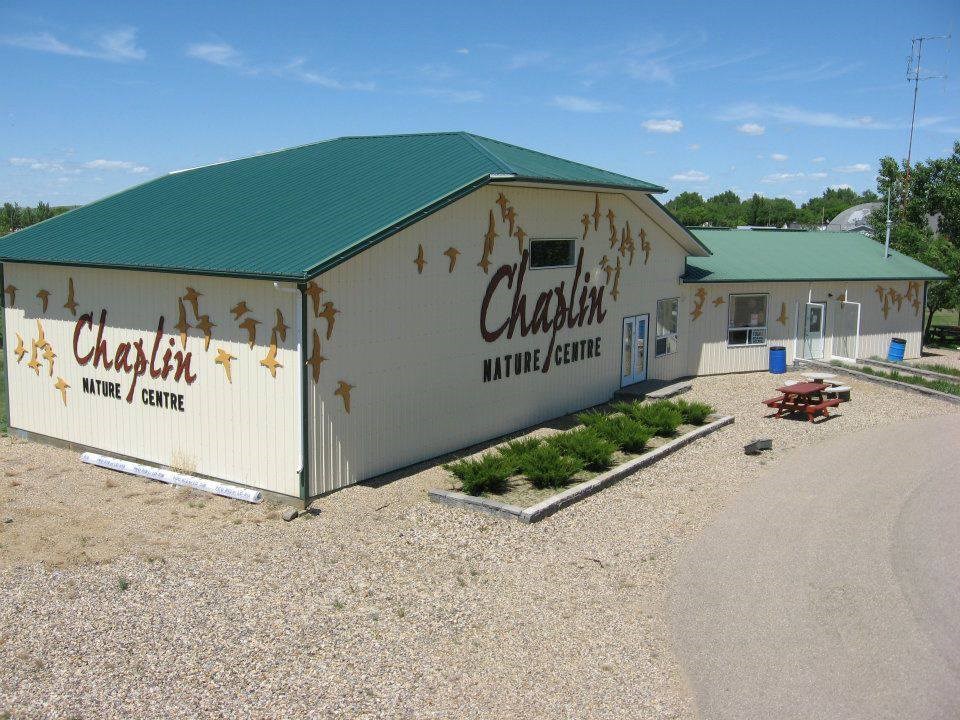Lori Wilson, acting manager and 15-year board member at the Chaplin Nature Centre (CNC), said the non-profit is grateful to celebrate 25 years in operation, but noted that without increased support they could be facing a crisis.
“We’ll figure it out. If there’s a will, there’s a way. There’s lots of us here that are too stubborn to quit, so,” Wilson said. “We’ve got some staff hired, so we can hopefully make it through the year, but we are limping. That’s the word I want to use.”
Chaplin Nature Centre has been around since the site itself was first established in 1997, when Chaplin-Old Wives-Reed Lakes received a designation of Hemispheric Importance within the Western Hemispheric Shorebird Reserve Network (WHSRN).
The Hemispheric Importance designation is relatively rare: the Chaplin-Old Wives-Reed Lakes area is one of only three in Canada.
Chaplin Lake has 45,000 acres of extremely important shorebird habitat and is the second-largest saline water body in Canada. In just one day, shorebird numbers can exceed 60,000.
“Chaplin Lake is an important staging area for shorebirds,” Wilson said. “When they come here, they’re very safe.”
If shorebirds can’t stop to rest and eat at such staging areas during their migrations, they might not make it to their destination, contributing to declining population numbers.
The CNC is a 2,100-square-foot building that serves as a rest stop and educational centre along the Trans-Canada Highway. Travellers’ attention is usually caught by what appears to be year-round snow drifts along the side of the road.
“We’re very attached to Sask Mining & Minerals next door,” Wilson said. The site produces sodium sulphate, a non-toxic filler used mostly for powdered laundry detergents.
“(Tourists) definitely want to know what the white stuff is about, because they aren’t expecting to see snow in the summertime on the prairies. … I would say 50 to 60 per cent of people come in looking for the white stuff. Then the rest are people who are knowledgeable about the area and some avid birders, and 10 to 15 percent are travelling public who are just curious and want a nice rest stop.”
The Centre is showing its age — its metal roof, in particular, is deteriorating fast.
“We’re in a very salty climate, so there’s going to have to be some significant changes made to keep this centre operational,” Wilson said. Nature Saskatchewan, one of the CNC’s primary supporters, made a monetary contribution this year to allow them to open, but that isn’t sustainable, nor can it cover maintenance costs.
“It falls on the local board to figure out a way through this,” Wilson explained. “We are not, as a local board, capable of writing all the grant proposals needed, and figuring out where these big dollars are going to come from.”
The centre has picnic tables out front, a large pull-through area for parking RVs, and a lot of information to offer. Staff teach visitors about the WHSRN, the many bird species it supports, the wetlands surrounding the lakes, and more. There are brine shrimp from the lake and interactive displays in the Kids Centre, games, a large diorama, and a gift shop selling snacks and mementos.
The June 4 Anniversary Fundraiser was a success, Wilson was happy to report. However, the funds raised will only cover the CNC’s operating costs for the year. They will have to look elsewhere for upkeep.
Wilson hopes the CNC will receive the help it needs, but she’s not sure where such help may come from.
“We need a lot of work done on the centre,” she said. “It has sustained itself these many years, it’s just now, it’s going to need a little bit of TLC to keep it going, and the right kind of people stepping up to support it.”




